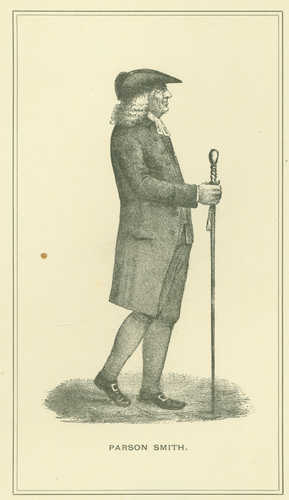Keywords: First Settler
Item 22312
Captain Clase and family portrait, ca. 1870
Contributed by: New Sweden Historical Society Date: circa 1870 Location: New Sweden Media: Tintype
Item 16968
Little White Church, Princeton, 1960
Contributed by: Alexander-Crawford Historical Society Date: 1960 Location: Princeton Media: Photographic print
Item 151671
Lewis Chase cottage on Squirrel Island, Southport, ca. 1900
Contributed by: Maine Historical Society
Date: circa 1900
Location: Southport
Client: Lewis Chase
Architect: John Calvin Stevens
This record contains 3 images.
Exhibit
Holding up the Sky: Wabanaki people, culture, history, and art
Learn about Native diplomacy and obligation by exploring 13,000 years of Wabanaki residence in Maine through 17th century treaties, historic items, and contemporary artworks—from ash baskets to high fashion. Wabanaki voices contextualize present-day relevance and repercussions of 400 years of shared histories between Wabanakis and settlers to their region.
Exhibit
In the early 1600s, French explorers and colonizers in the New World quickly adopted a Native American mode of transportation to get around during the harsh winter months: the snowshoe. Most Northern societies had some form of snowshoe, but the Native Americans turned it into a highly functional item. French settlers named snowshoes "raquettes" because they resembled the tennis racket then in use.
Site Page
Maine's Swedish Colony, July 23, 1870 - The First 51 Settlers
"1880New Sweden Historical Society The First Settlers consisted of 22 men, 11 women, and 18 children, totalling 51 settlers."
Site Page
Mount Desert Island: Shaped by Nature - More Permanent Settlers Arrive
"… Permanent Settlers Arrive Two major waves of settlers arrived after 1768 – the first from Gloucester, Massachusetts in addition to James…"
Story
Reverend Thomas Smith of First Parish Portland
by Kristina Minister, Ph.D.
Pastor, Physician, Real Estate Speculator, and Agent for Wabanaki Genocide











